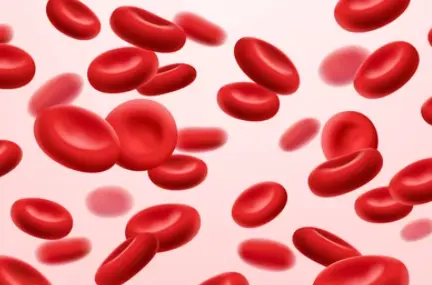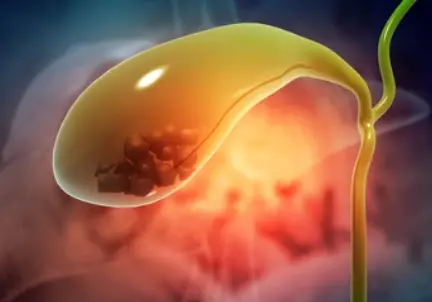 Welcome
Welcome
“May all be happy, may all be healed, may all be at peace and may no one ever suffer."
Angioplasty - Generics
Angioplasty is a medical procedure used to open narrowed or blocked blood vessels, usually arteries, that supply blood to the heart muscle or other parts of the body. It is a minimally invasive procedure that involves the use of a catheter, a thin tube with a small balloon on the end, to widen the blocked or narrowed artery.
During the procedure, the catheter is inserted through a small incision, usually in the groin, and guided to the blocked artery using X-ray imaging. The balloon is then inflated to compress the plaque against the walls of the artery, widening the opening and improving blood flow. In some cases, a stent, a small metal mesh tube, may be placed in the artery to help keep it open.
Angioplasty is commonly used to treat coronary artery disease, a condition in which the arteries that supply blood to the heart become narrowed or blocked due to the buildup of plaque. It can also be used to treat other conditions such as peripheral artery disease and renal artery stenosis.
Angioplasty is generally considered a safe and effective procedure, but there are some risks associated with the procedure, such as bleeding, infection, allergic reaction to the contrast dye used during the procedure, and damage to the artery. Your healthcare provider will discuss the benefits and risks of the procedure with you prior to the procedure.
Breast carcinoma

Hyperprolactinemia

Acute bacterial ear infec...

Panic disorder

Degenerative diseases

Surgical wounds

Prevention of gallstones

Atopic dermatitis with se...
Angioplasty, অ্যাঞ্জিওপ্লাস্টি
To be happy, beautiful, healthy, wealthy, hale and long-lived stay with DM3S.